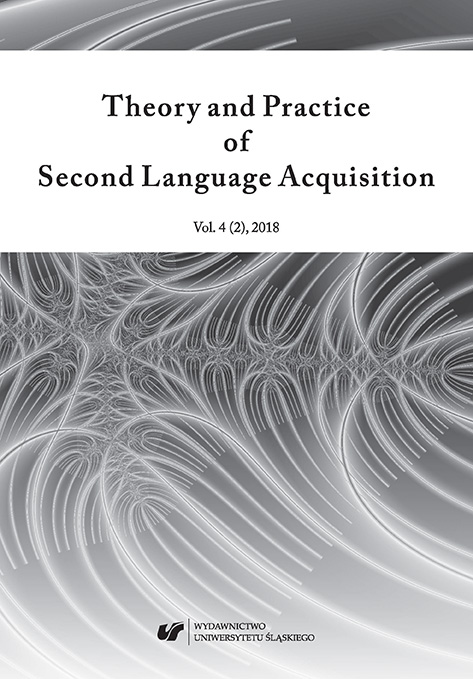Abualrub,I. , Karseth, B., & Stensaker, B. (2013). The Various Understandings of Learning Environment in Higher Education and Its Quality Implications. Quality in Higher Education, 19(1), 90-110.
Google Scholar
Chubb, J.E. (2012). The best teachers in the world: Why we don't have them and how we could. Chicago: Hoover Institution Press.
Google Scholar
Coe, R., Aloisi, C., Higgins, S., & Major, L.E. (2014). What makes great teaching? Review of the underpinning research. London: Sutton Trust.
Google Scholar
Koper, R. (2000). From change to renewal: Educational technology foundations of electronic learning environments [inaugural address]. Heerlen: Open Universiteit Nederland. Retrieved from http://hdl.handle.net/1820/38
Google Scholar
Malczewska-Webb, B., Vallero, A., King, C.P., & Hunter, S. (2016). Breaking down the barriers of online teaching: Training TESOL teachers in a virtual environment. In D. Gałajda, P. Zakrajewski, & Pawlak, M. (Eds.), Researching Second Language Learning and Teaching from a Psycholinguistic Perspective. (pp.237-259). Berlin: Springer International Publishing.
Google Scholar
Scarino, A., & Liddicoat, A. J. (2009). Teaching and learning languages: a guide. Carlton South, Vic: Curriculum Corporation (Australia). Department of Education, Employment and Workplace Relations.
Google Scholar
Stillings Candal, C. (2015). Great teachers are not born, they are made: Case study evidence from Massachusetts charters. [White Paper No. 130]. Boston, MA: Pioneer Institute for Public Policy Research. Retrieved September 2017 from http://files.eric.ed.gov/fulltext/ED565732.pdf
Google Scholar
Thornburg, D. (2013). From the campfire to the holodeck: Creating engaging and powerful 21st century learning environments (First ed.). San Francisco: Jossey-Bass.
Google Scholar
Vygotsky, L.S. (1978) Mind in Society. The Development of Higher Psychological Processes. Cambridge, Mass.: Harvard University Press.
Google Scholar
Webb, B., & Vallero, A. (2017, September). Redefining the concept of ‘face-to-face’ and online learning using the Collaborate Ultra. Paper presented at the Blackboard Teaching and Learning Conference, Darwin, Australia.
Google Scholar
Webb, B. & Vallero, A. (in press a). Best teachers: research view of great teaching practices. Konteksty Pedagogiczne, 9.
Google Scholar
Webb, B. & Vallero, A. (in press b). What makes good teaching? Students’ view of effective teaching in language and language teacher education programs at a university (primary research). Konteksty Pedagogiczne, 9.
Google Scholar



 10.31261/tapsla
10.31261/tapsla